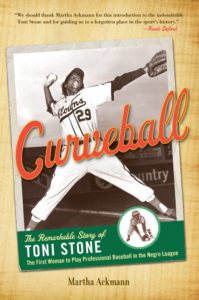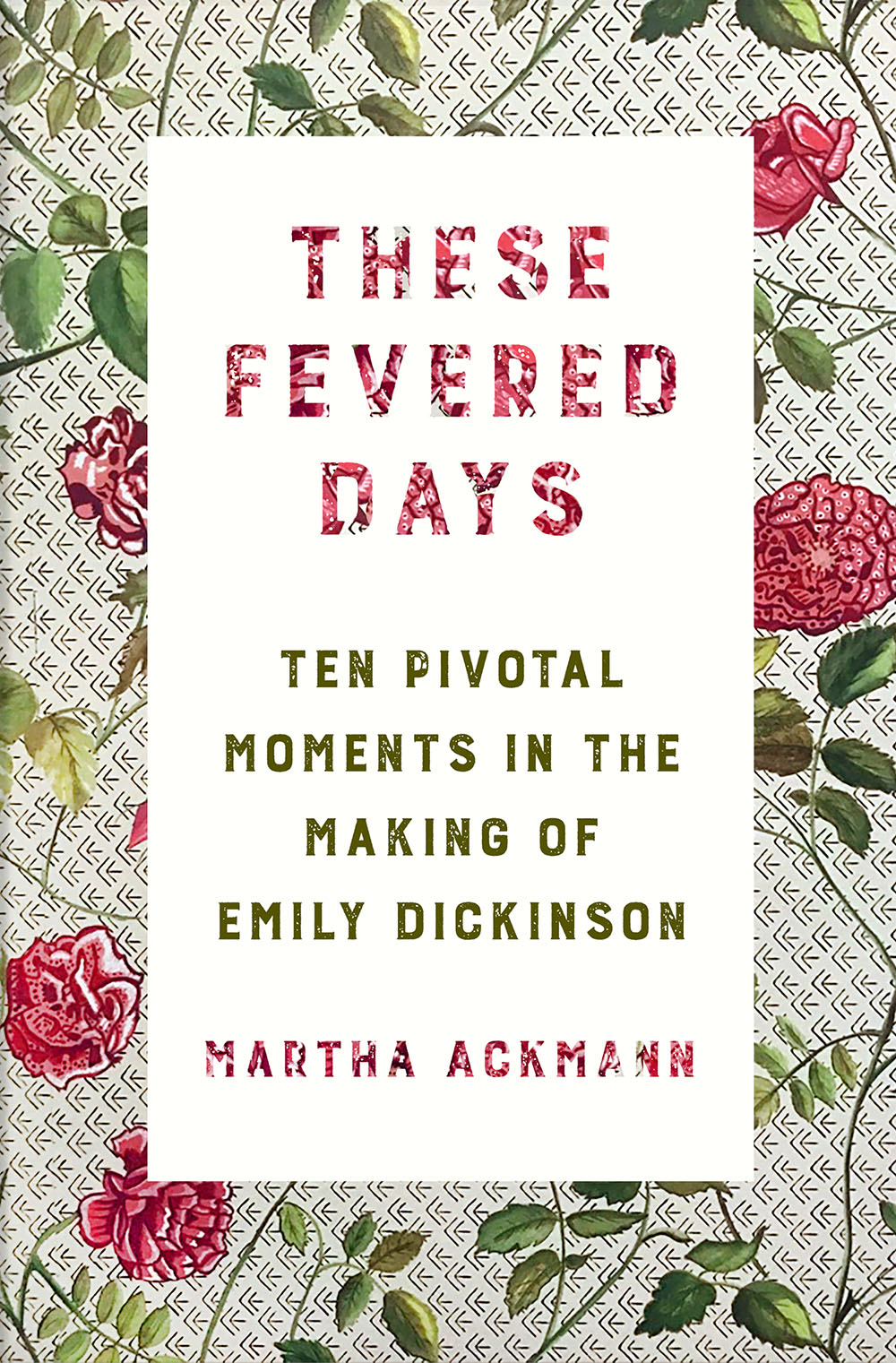The Mercury 13

Read MoreOverview
In 1961, just as NASA launched its first man into space, a group of women underwent secret testing in the hopes of becoming America’s first female astronauts. They passed the same battery of tests as did the Mercury 7 astronauts, but they were summarily dismissed by the boys’ club at NASA and in the halls of Congress. The USSR sent its first woman into space in 1963; the United States did not follow suit for another twenty years.
The Mercury 13 tells the story of the dramatic events surrounding these thirteen remarkable women, all crackerjack pilots and patriots who sometimes sacrificed jobs and marriages for a chance to participate in America’s space race against the Soviet Union. In addition to talking extensively to these pioneers, Ackmann interviewed Chuck Yeager, John Glenn, Scott Carpenter, and others with first-hand knowledge of the program, and includes never-before-seen photographs of the Mercury 13 passing their tests at the legendary Lovelace Foundation in New Mexico.
Despite the crushing disappointment of watching their dreams derailed, the Mercury 13 went on to extraordinary achievement: Jerrie Cobb, who began flying when she was so small she had to sit on pillows to see out of the cockpit, dedicated her life to flying solo missionary flights to the Amazon rainforest; Wally Funk, who talked her way into the astronaut trials, went on to become one of the first female FAA investigators; Janey Hart, mother of nine and, at age forty, the oldest astronaut candidate, had the political savvy to steer the women through congressional hearings and later helped found the National Organization for Women.
A lasting tribute to these remarkable women, The Mercury 13 is an unforgettable story of determination, resilience, and inextinguishable hope.
Curveball

Read MoreOverview
From the time she was a girl growing up in the shadow of Lexington Park in Saint Paul, Minnesota, Toni Stone knew she wanted to play professional baseball. There was only one problem—every card was stacked against her. Curveball tells the inspiring story of baseball’s “female Jackie Robinson,” a woman whose ambition, courage and raw talent propelled her from ragtag teams barnstorming across the Dakotas to playing before cheering crowds at Yankee Stadium. Toni Stone was the first woman to play professional baseball in the Negro League. After Robinson integrated the major leagues and other black players slowly followed, Stone seized an unprecedented opportunity to join the ranks of the pros. She replaced Henry Aaron as the star infielder for the Indianapolis Clowns and later signed with the legendary Kansas City Monarchs. Playing alongside some of the premier athletes of all time including Ernie Banks, Willie Mays, Buck O’Neil, and Satchel Paige, Toni let her talent speak for itself. Curveball chronicles Toni Stone’s remarkable career facing down not only fastballs, but jeers, sabotage, and Jim Crow America as well. Her story reveals how far passion, pride, and determination can take one person in pursuit of a dream.
These Fevered Days

Read MoreThe Story Behind These Fevered Days
I first encountered the poetry of Emily Dickinson when I was a junior at McCluer High School in suburban St. Louis. We read the poem, “After great pain a formal feeling comes.” To say I was a lucky teenager is an understatement: I had loving parents, a fun circle of friends, and an extended family that cared about me. At 16, I had not encountered “great pain.”
And yet that poem made a profound impression. While I did not completely understand it—perhaps even understand it all—it nevertheless registered on my mind. It hibernated there for years, perhaps waiting for the right time to present itself again, hovering over my consciousness like a ghost until I was old enough or had enough experience to understand.
From that moment on, Emily Dickinson has been a constant in my life. I went to graduate school in New England to study Dickinson, wrote a Ph.D. dissertation on the poet, became president of the Emily Dickinson International Society, and for over a decade, taught a Mount Holyoke College seminar in the very rooms where the poet wrote her remarkable verse.
It took me nearly a lifetime to figure out what kind of book I wanted to write on Emily Dickinson. Not surprisingly, my students showed me the way. When I was teaching my Dickinson seminar, I discovered students came alive when I wrapped the lesson around a single day in the poet’s life. Take for example February 6, 1848. Emily then was a young student at Mount Holyoke Female Seminary (yes, the same institution that evolved into the college). In the 1840s, Mount Holyoke and other colleges across New England took religion seriously. The spiritual condition of a student’s soul was as important as her intellect. On that day in 1848, Emily went head-to-head over the question of faith with Mount Holyoke’s formidable founder, Mary Lyon. What Emily did (or did not do) during those 24 hours shaped her thinking for the rest of her life, and informed her poetry, too.
As I began to think about writing a book on Emily Dickinson, I recalled those times in the classroom when I focused the assignment on a pivotal day. It seemed a natural and engaging way for understanding Dickinson’s evolution as a poet. I also hoped a ten-day structure might offer readers a fresh framework for considering the shape of Dickinson’s life.